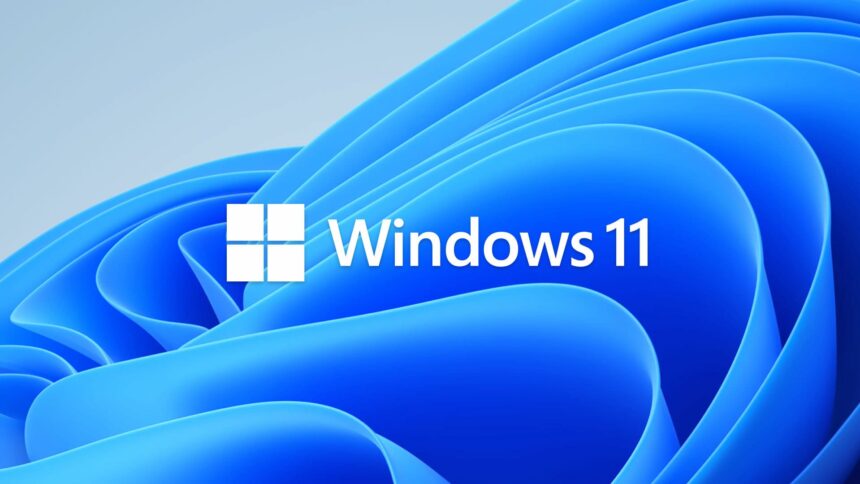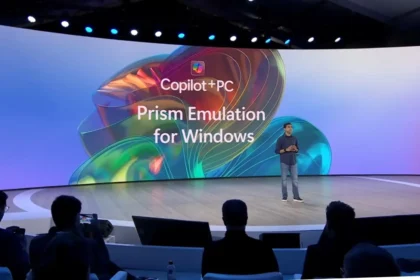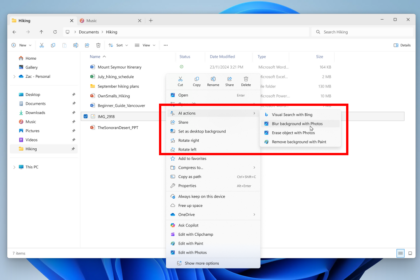Several years have passed since the official launch of Windows 11, and although it initially had a rocky start—plagued by optimization and compatibility issues—Microsoft has made significant strides in stabilizing the operating system. These early problems led many users to hesitate in upgrading from Windows 10, fearing that Windows 11 was still incomplete. Over time, however, Microsoft has worked diligently to reduce that stigma and improve the overall experience.
Despite these efforts, bugs and persistent errors continued to affect some users. However, according to a recent report from Windows Central, Microsoft now claims to have released the most reliable version of Windows 11 to date. This announcement is particularly noteworthy, as it marks a turning point in the OS’s evolution—from a version many were cautious about, to one that Microsoft stands behind as its most stable yet. Given the bumpy history, this claim is both surprising and worth closer examination.
Microsoft is proud to have launched the most reliable version of Windows so far
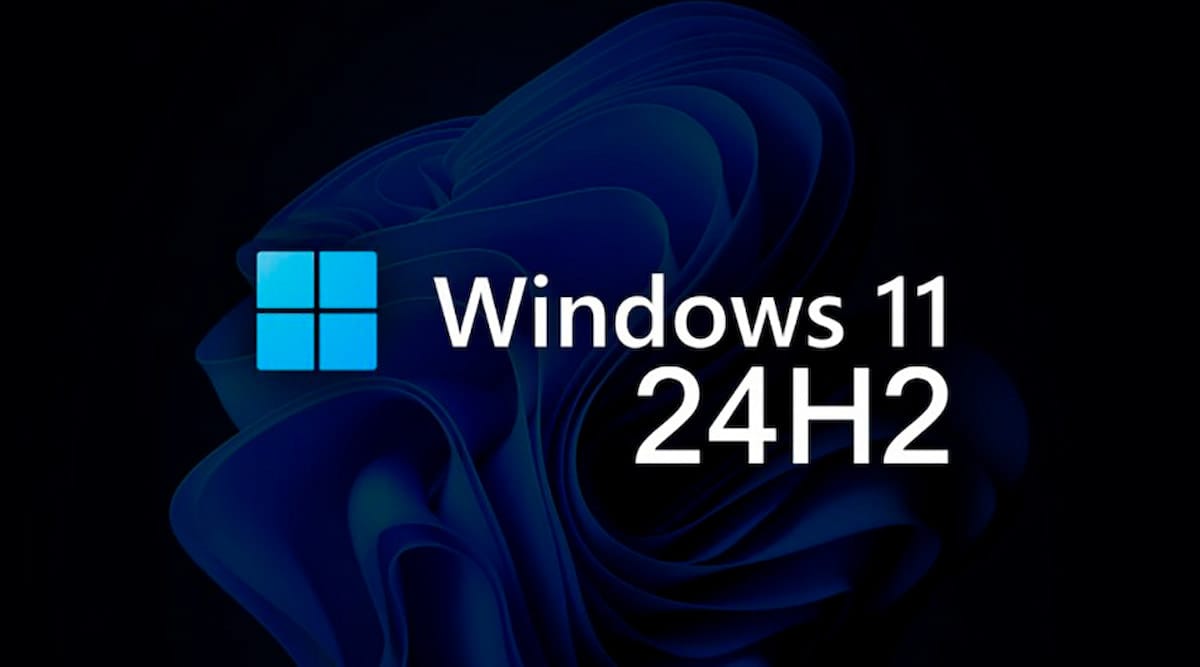
As previously mentioned, Windows 11 has remained a divisive topic within the tech community. Some users praise it as Microsoft’s best operating system to date, while others still feel more comfortable sticking with Windows 10. Acknowledging this divide, Microsoft has been actively working to overcome the stigma surrounding Windows 11 and gain user trust—an effort that appears to be paying off.
Now, it seems that Microsoft has found the right balance. In a recent blog post, the company shared a significant update regarding Windows 11 version 24H2, which they now consider the most reliable version of the operating system to date. This claim is backed by concrete data: compared to Windows 10 22H2, the failure rate due to unexpected restarts has dropped by 24% in the latest Windows 11 version. This improvement underscores the steady growth and maturity of the OS, as well as Microsoft’s ongoing commitment to quality and user experience.
To tackle issues like unexpected restarts, Microsoft has introduced several enhancements. One of the most visible changes is the redesign of the iconic blue screen of death, now featuring a more subdued and modern look.
Additionally, the company has developed a quick recovery system, enabling users to regain access to their PCs more efficiently following startup failures. These refinements illustrate how Microsoft is not only listening to user feedback but actively evolving the platform to make Windows 11 more dependable and user-friendly.
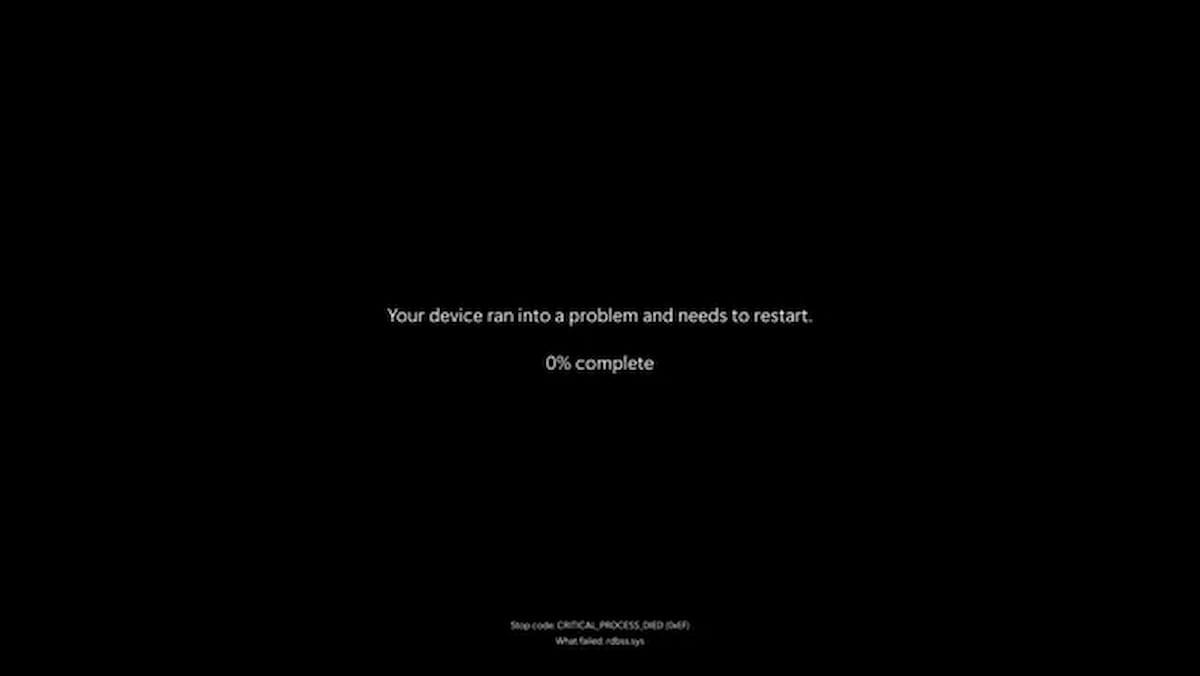
Microsoft has continued refining Windows 11 to deliver what it now calls its most stable and reliable version to date—Windows 11 version 24H2. One of the standout improvements is the reduction in the duration of the “blue screen of death” (BSOD). Previously, this error screen would linger for around 40 seconds, giving users little recourse but to wait. Now, it only appears for about 2 seconds, showing the error code briefly before disappearing. This change ensures that users can get back to their workflow much faster, minimizing frustration and downtime.
Beyond shortening the BSOD display time, Microsoft has emphasized that it has made significant efforts to prevent such critical system errors from occurring in the first place. However, in the rare case that a system failure does happen, users now benefit from a quick recovery system. This feature is designed to restore access to the system even if it has been affected by a faulty driver or a problematic update, further enhancing overall reliability.
These updates are not just superficial; they represent substantial technical progress aimed at offering the most stable Windows experience to date. Microsoft has highlighted these improvements with pride in a recent blog post, positioning version 24H2 as a major milestone in the evolution of Windows 11.
All users running older versions of Windows 11 are strongly encouraged to update to version 24H2 to take advantage of these performance, reliability, and recovery enhancements. Likewise, users still on Windows 10—even those relying on extended support—should consider making the leap, especially since Windows 10’s end of life is approaching.
Looking ahead, Microsoft is already setting its sights on Windows 11 version 25H2, expected to launch in autumn 2025. This future release is being built on the same solid foundation established with 24H2, promising improved stability and compatibility. Microsoft is clearly aiming to ensure that any lingering concerns about the reliability of Windows 11 become a thing of the past.

